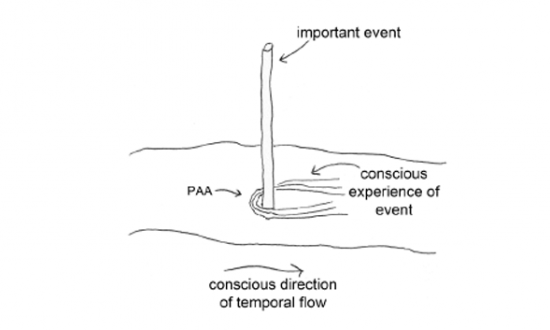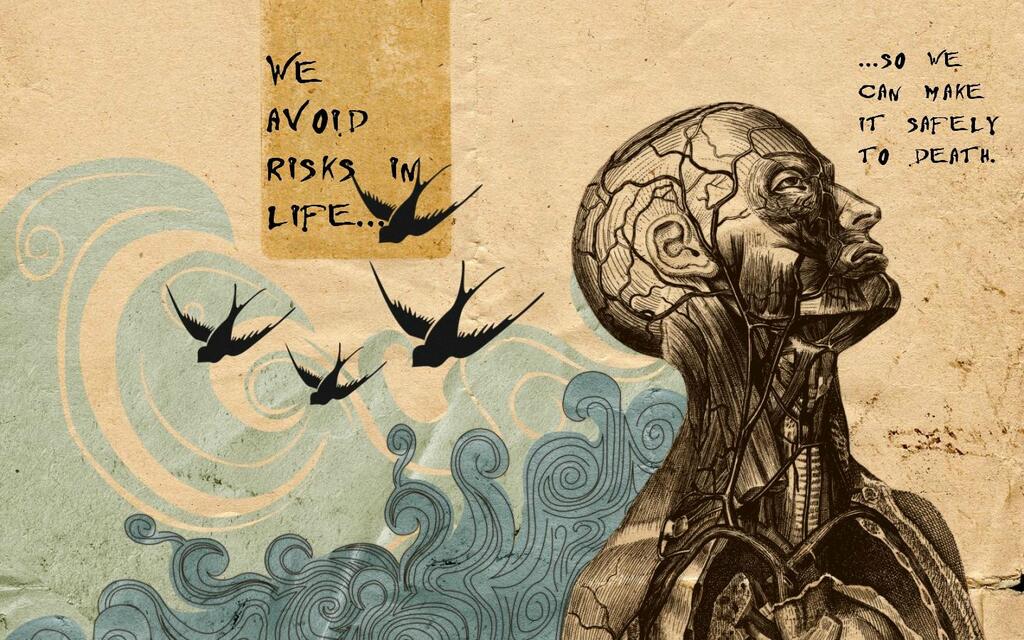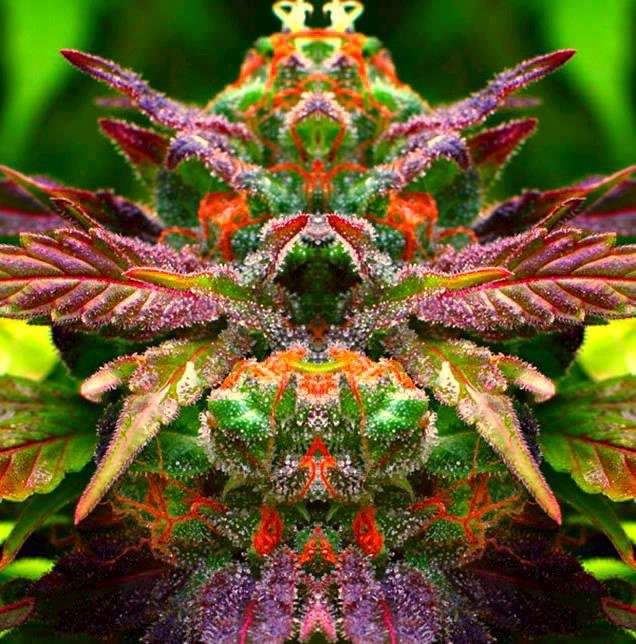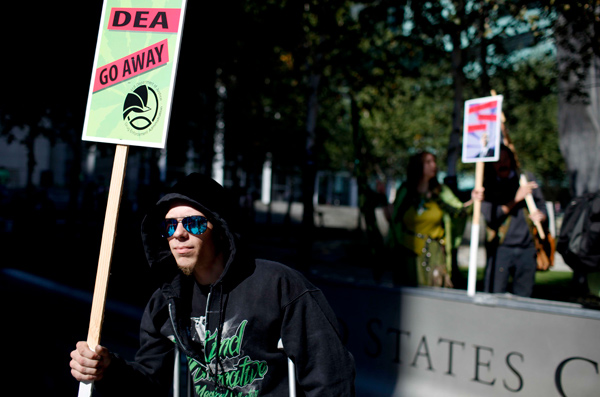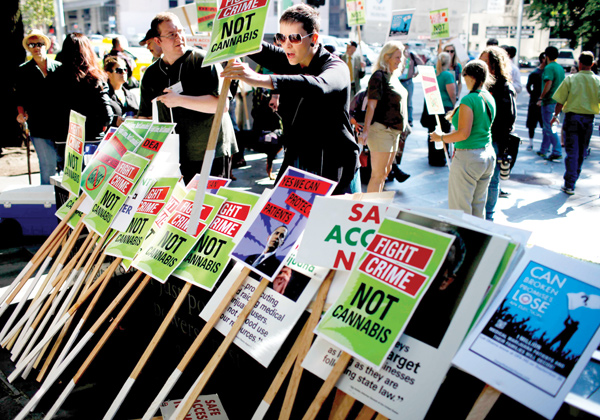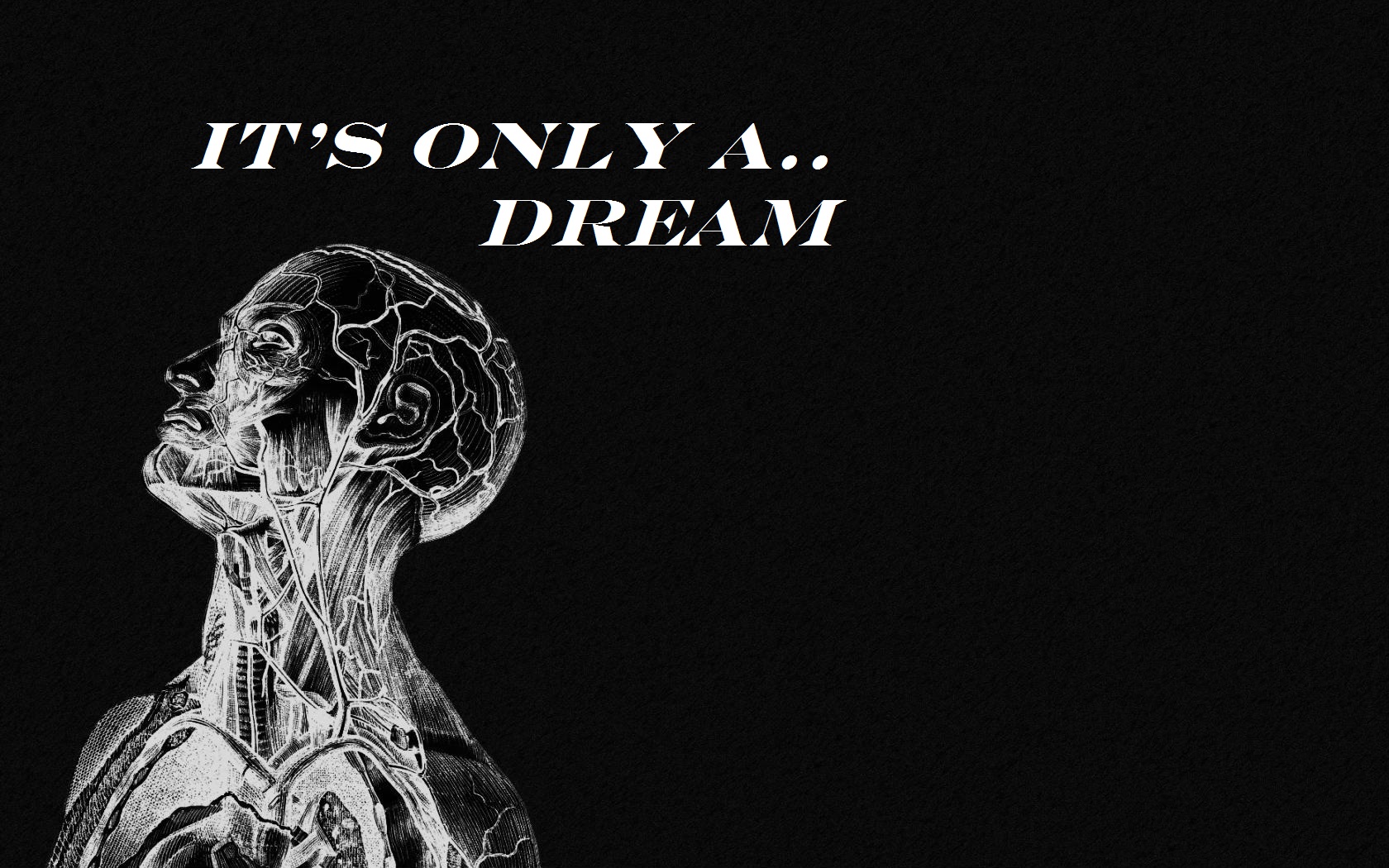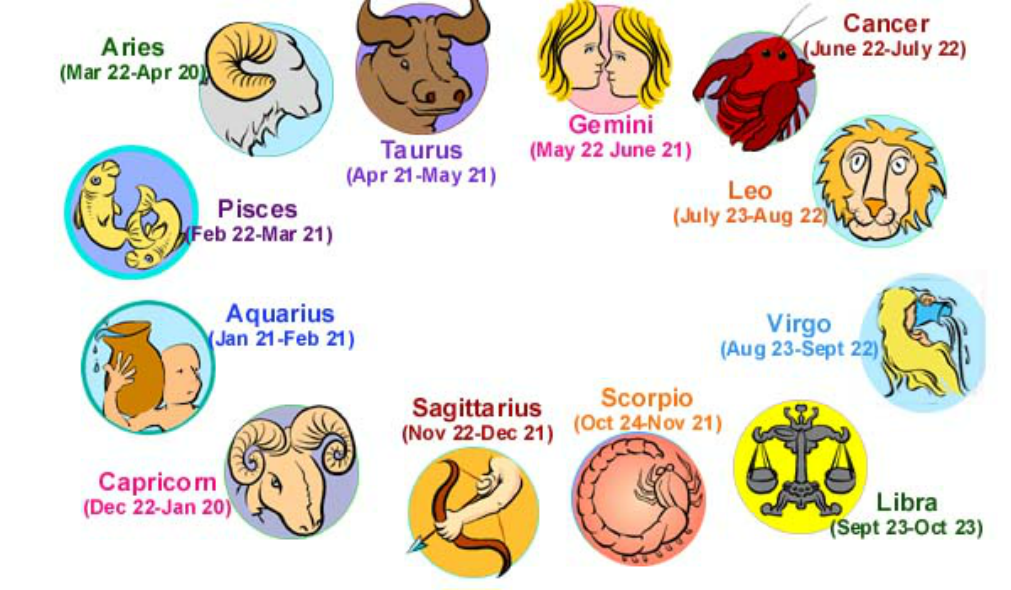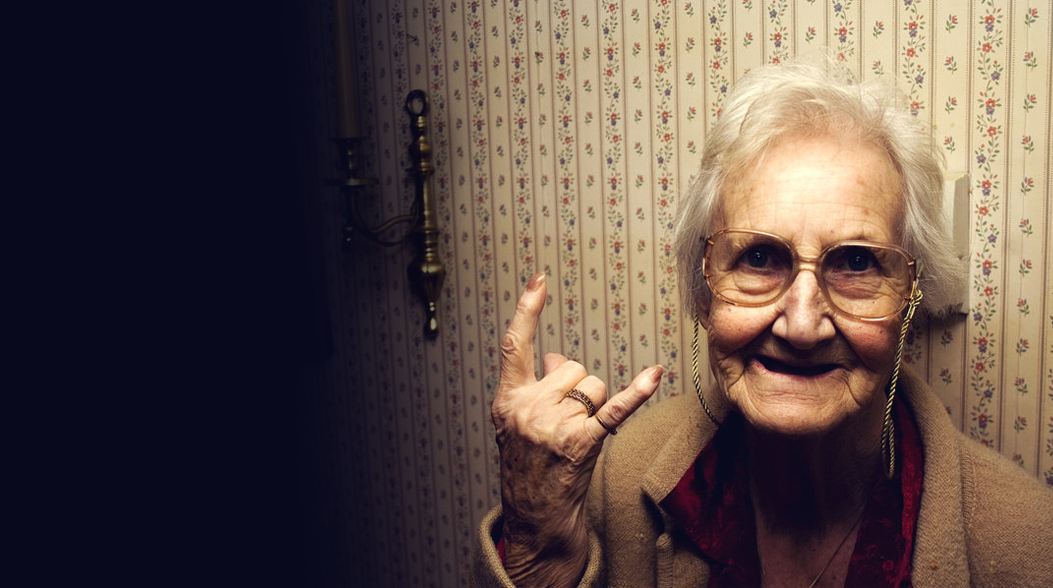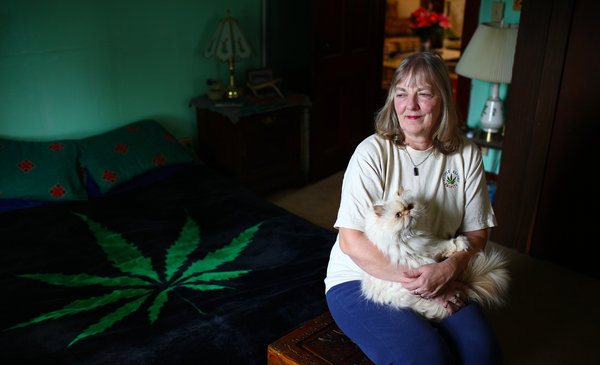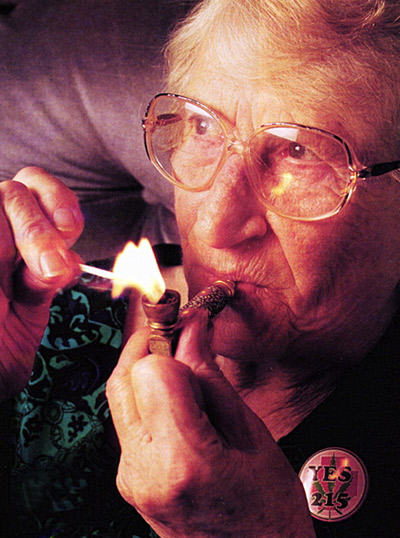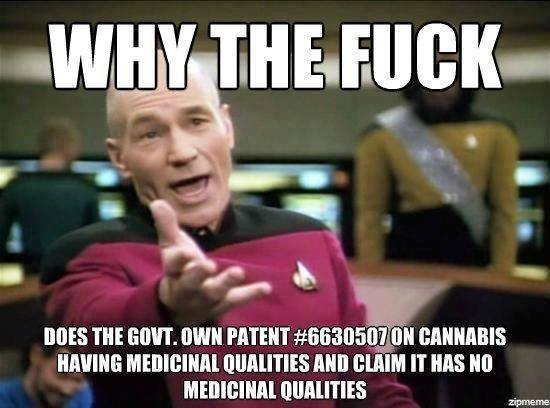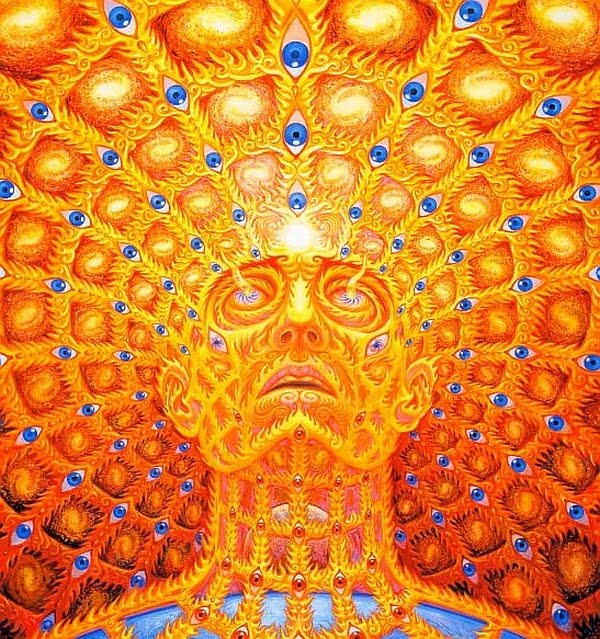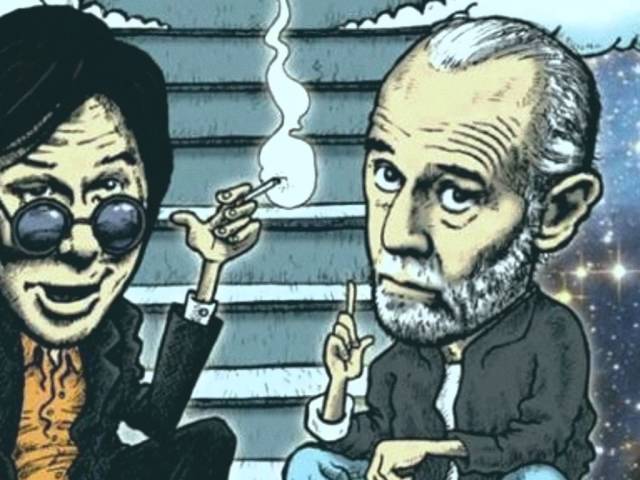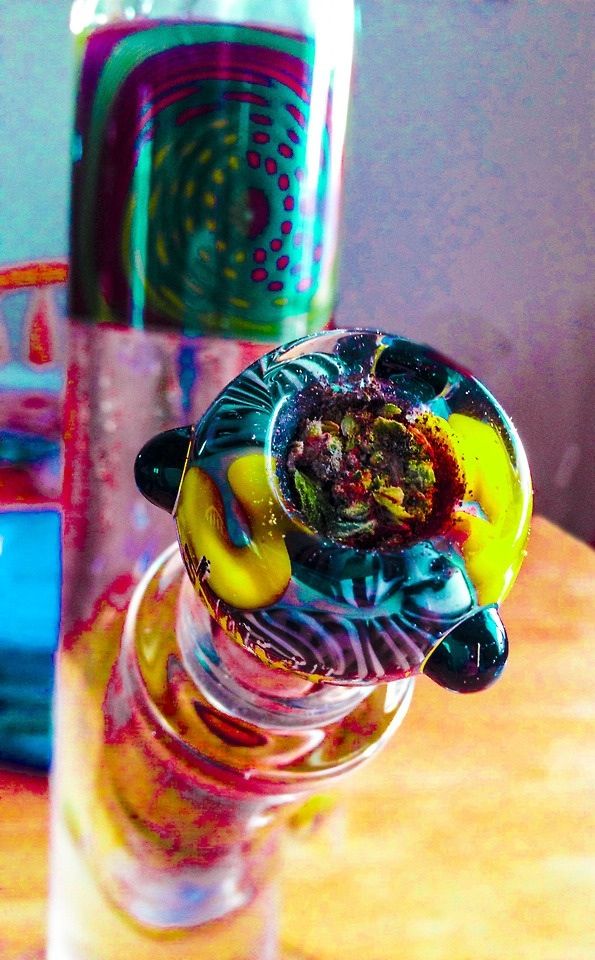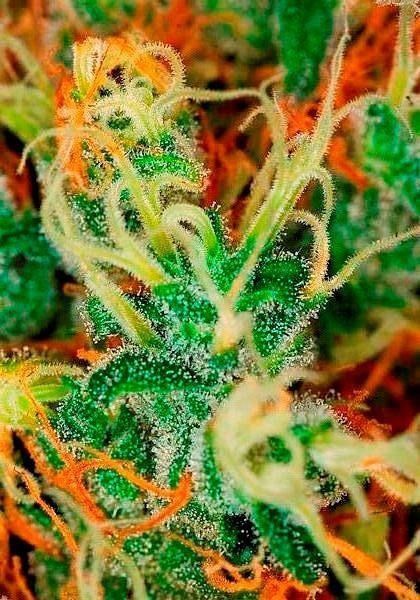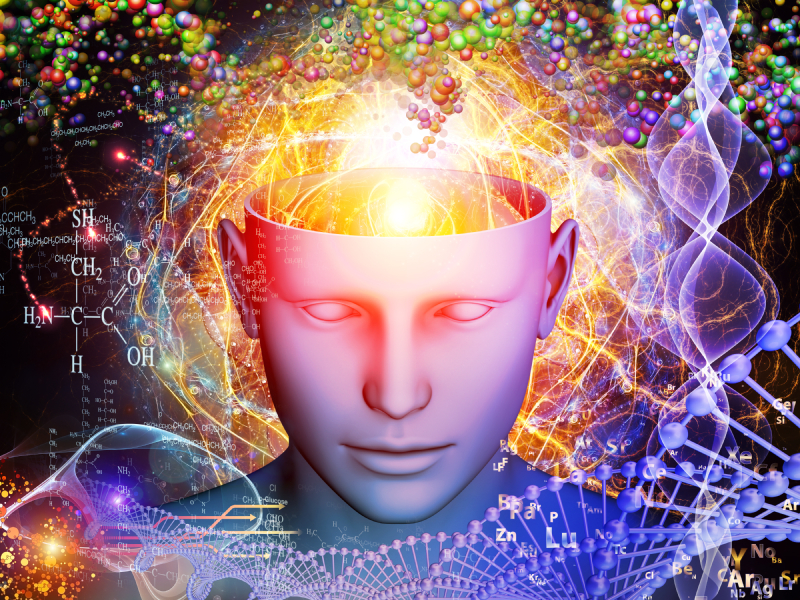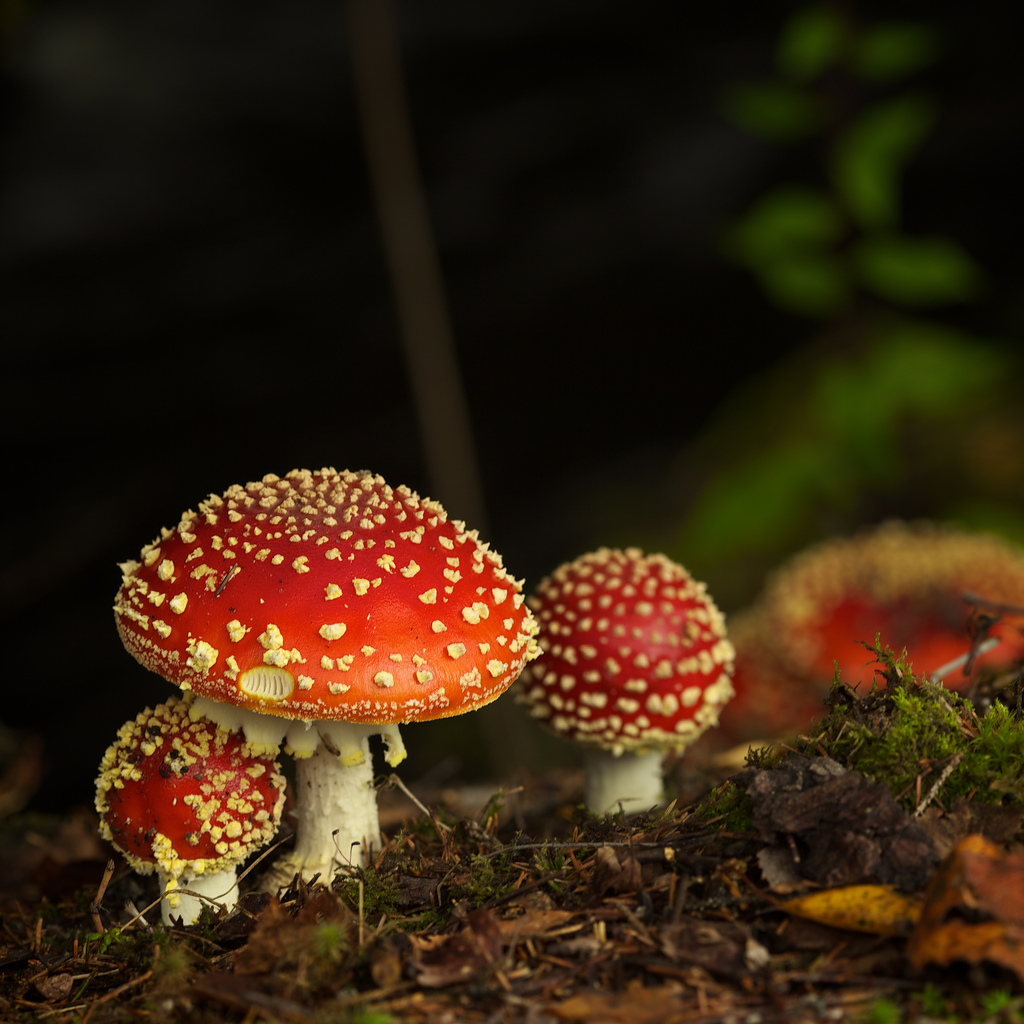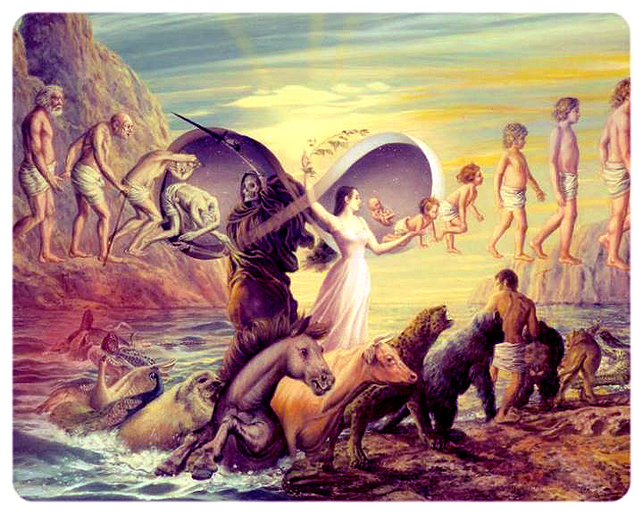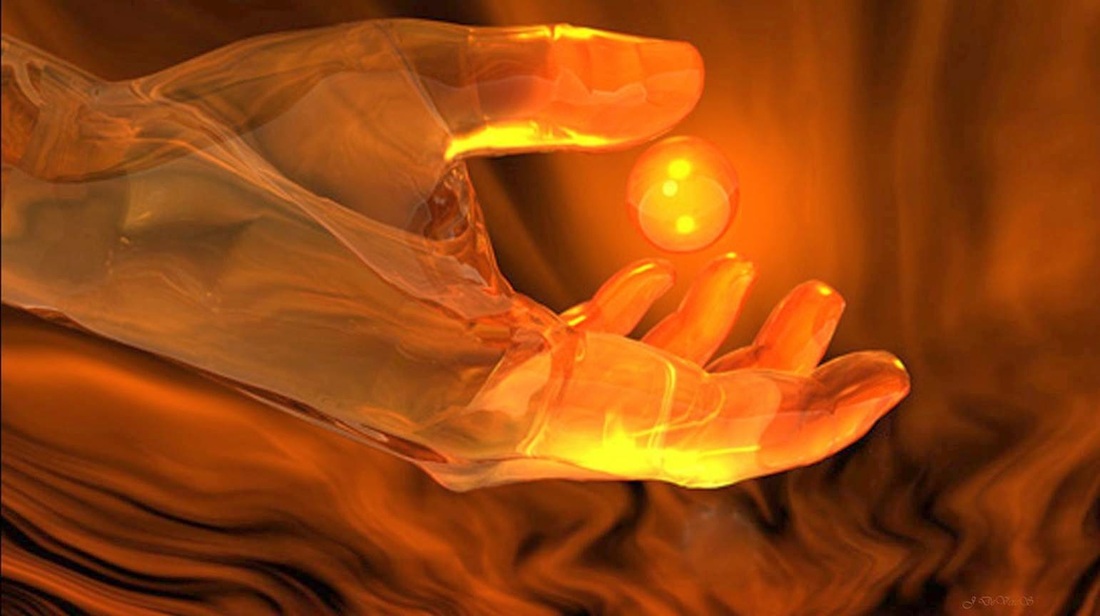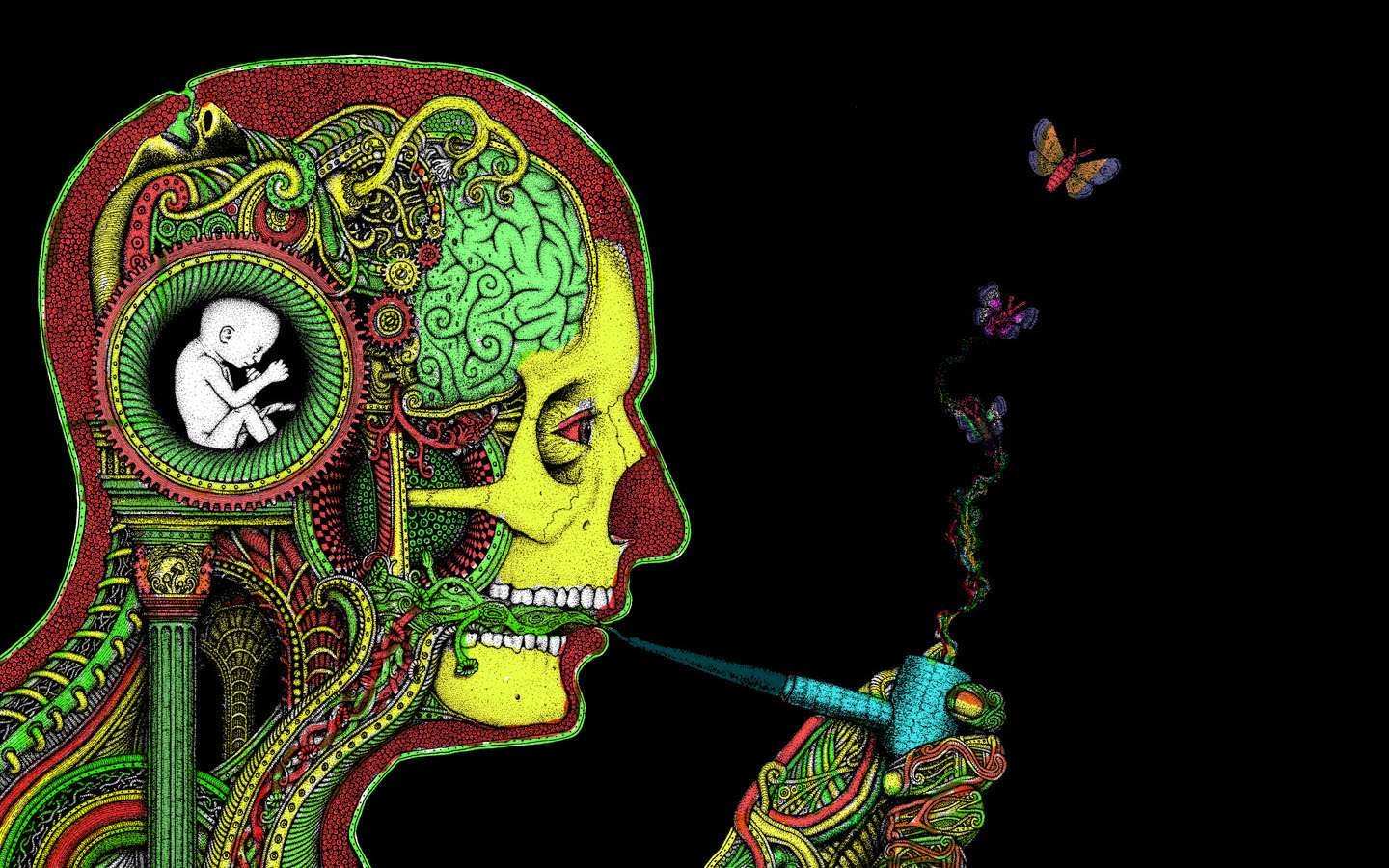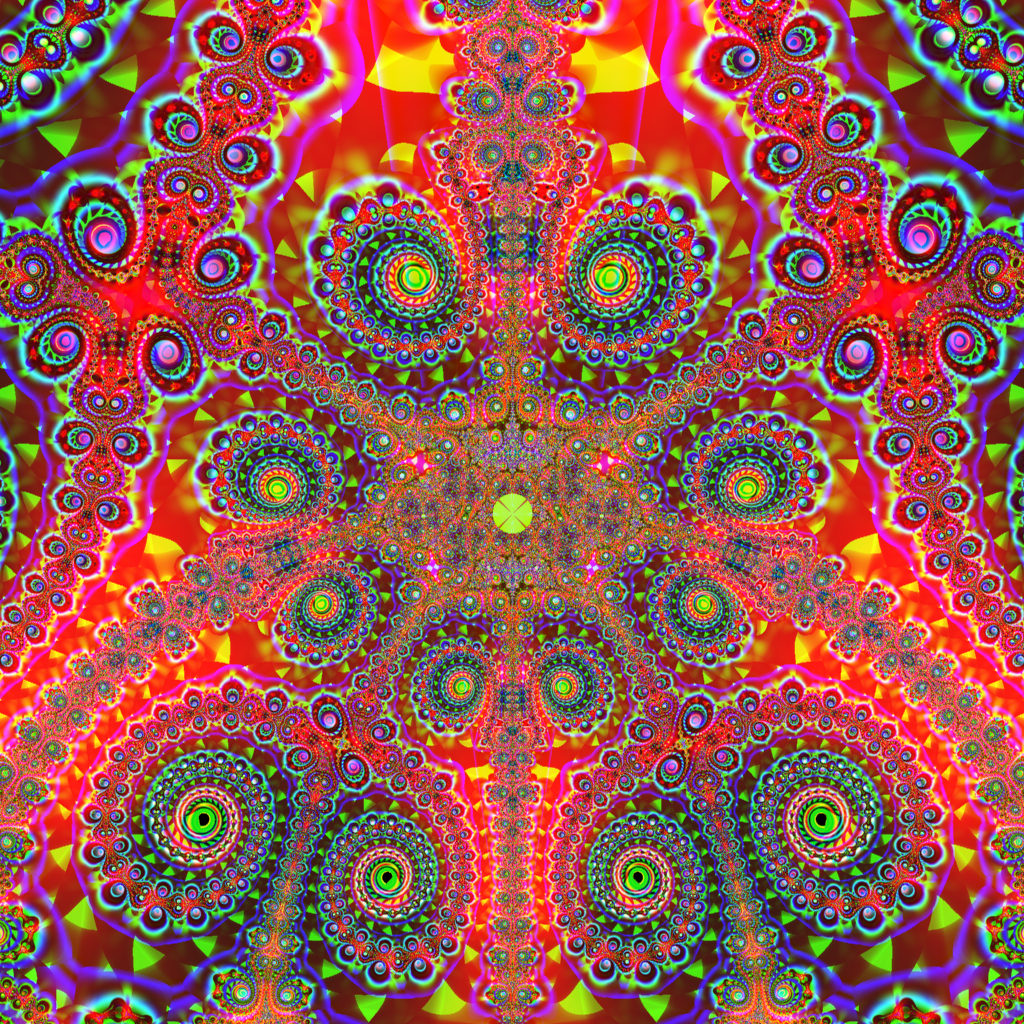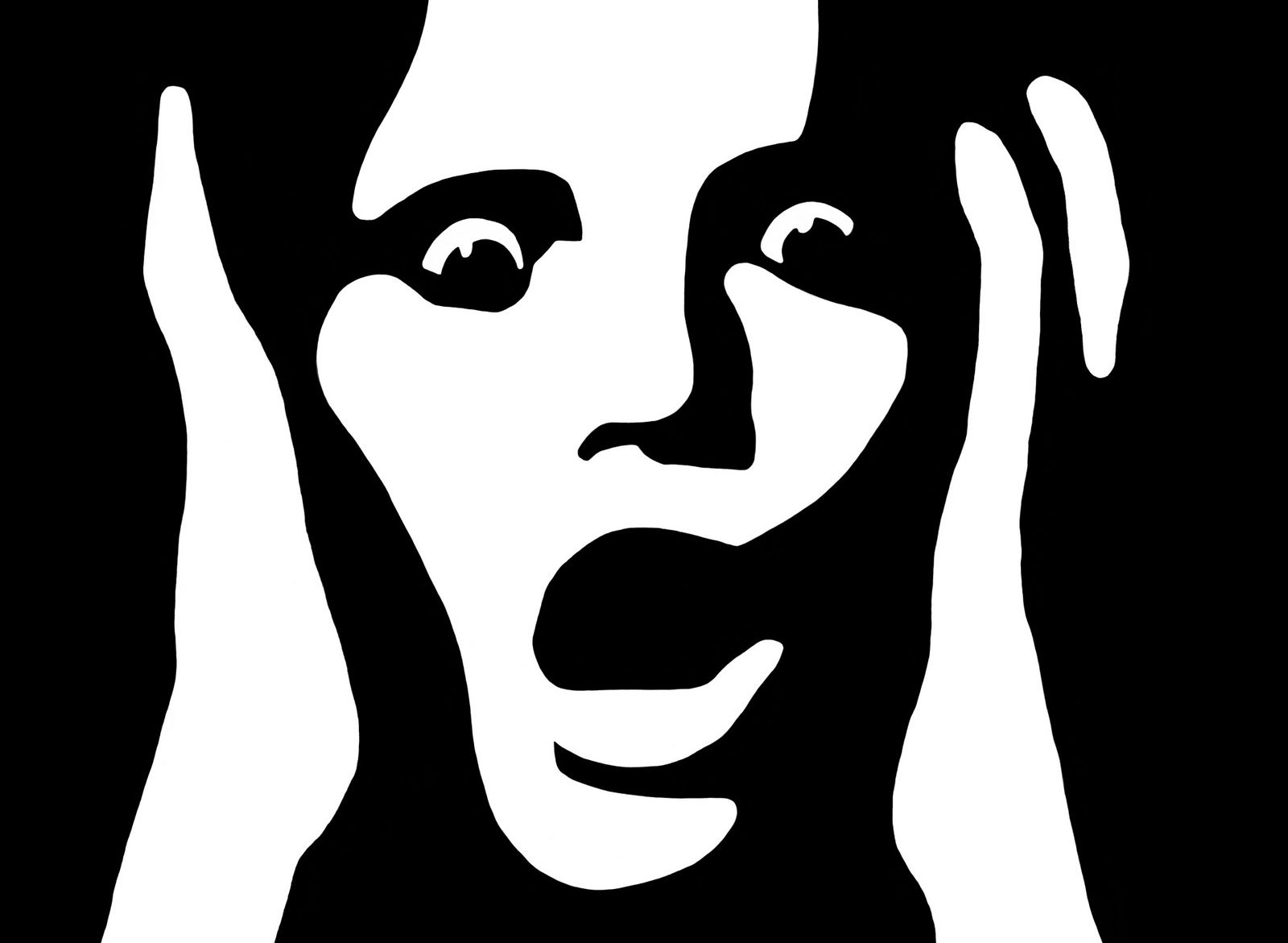Can your brain detect events before they occur?
That was the stunning conclusion of a 2012 meta-analysis of experiments from seven independent laboratories over the last 35 years, which found that the human body can apparently detect randomly delivered stimuli occurring 1-10 seconds in the future.
In the studies, physiological readings were taken as participants were subjected to unpredictable events designed to activate the sympathetic nervous system (for example, showing provocative imagery) as well as ‘neutral events’ that did not activate the nervous system. These readings showed that the nervous system aligned with the nature of the event (activated/not activated) – and what’s more, the magnitude of the pre-event response corresponded with the magnitude of the post-event response.
Rebuttal? Not so fast…
In a recent paper, researchers have critically analysed these findings, considering possible mundane explanations for the results and also the implications of the results if they truly do point to a paradigm-shaking discovery.
The key observation in these studies is that human physiology appears to be able to distinguish between unpredictable dichotomous future stimuli, such as emotional vs. neutral images or sound vs. silence. This phenomenon has been called presentiment (feel the future).
In this paper we call it predictive anticipatory activity or PAA. The phenomenon is “predictive” because it can distinguish between upcoming stimuli; it is “anticipatory” because the physiological changes occur before a future event; and it is an “activity” because it involves changes in the cardiopulmonary, skin, and/or nervous systems.
Neither questionable research practices (bias) nor physiological artifacts seem to be able to explain PAA, the evidence indicates that there is a temporal mirroring between pre- and post-event physiological events, so that the nature of the post-event physiological response is correlated with the characteristics of the PAA for that event. – Study
The authors of the paper also point out fascinating aspects of the research, such as the fact that “PAA is an unconscious phenomenon” that “appears to resemble precognition (consciously knowing something is going to happen before it does), but PAA specifically refers to unconscious physiological reactions as opposed to conscious premonitions”.
There must be a necessity for PAA to remain non-conscious most of the time, if some part of our nervous system can obtain information about events seconds in the future, wouldn’t we have evolved to make this information conscious? – Study
How is this possible…
A metaphor may help to provide an intuitive feel for this effect – watching a river move past a stick.
Imagine that the direction of the water’s current is the conscious experience of the flow of time (temporal flow), and imagine that an intrusion in the flow (the stick) is an emotional, arousing, or otherwise important event. The largest disturbance in the water made by the intrusion is downstream (in the “forward” time direction), which is analogous to our conscious reaction to experiencing the important event.
But if one examines the flow of water near the stick, one will also see a small perturbation upstream, anticipating the intrusion in the water downstream due to the back pressure. Similar to PAA, this upstream perturbation is a hint of things to come. It is not normally part of our conscious awareness and, as with disturbances in a flow of water, the majority of the effect of an intrusion is downstream of the intrusion.
Nevertheless, the authors of the recent paper urge caution until more extensive research is undertaken:
Until there is a gold standard experiment that is replicated across laboratories using exactly the same experimental procedure, physiological measures, and statistical analyses, there remains the possibility that multiple analyses could influence the body of evidence supporting PAA.
I look forward to seeing the results of these future investigations. Or do I already know what they are going to be?
> We Unconsciously React to Events Up to 10 Seconds Before They Happen | Earth We Are One



